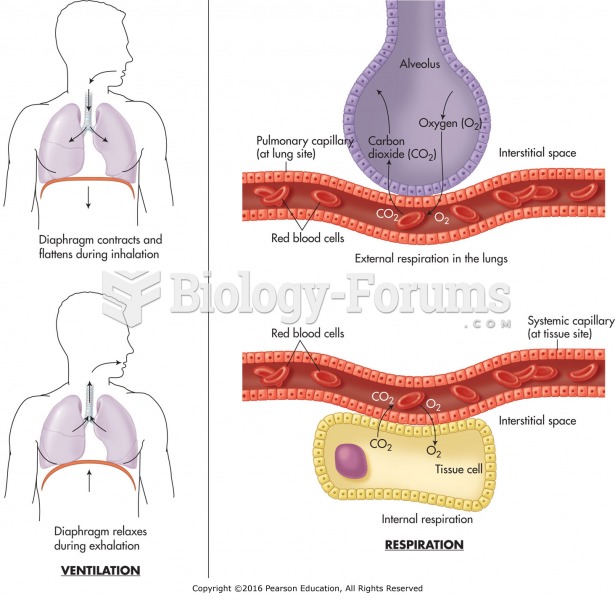Answer to Question 1
The two most common forms of HSV (herpes simplex virus) are types 1 and 2 . In type 1the HSV most often known to cause oral herpescold sores or fever blisters appear on the lips and mouth. HSV-2 is better known as the virus that causes genital herpes. The fundamental difference between the two main types of HSV lies in their preferred site of residence.
The HSV-1 virus typically establishes latency in a collection of nerve cells near the ear known as the trigeminal ganglion. HSV-2 usually establishes latency at the base of the spine in the sacral ganglion. The virus can remain dormant for a long time, but repeated outbreaks are common.
Society has typically labeled HSV-1 infection (cold sores) an acceptable viral infection, whereas infection with HSV-2 is viewed as a bad infection. The social stigma and emotional perspective of genital herpes make it difficult to objectively compare it with an oral infection, labeled as just a cold sore and acceptable to most people.
HSV types 1 and 2, nonetheless, both cause oral and genital herpes. People who have an outbreak of oral herpes should not touch their own or someone else's genitals after touching the oral cold sores. Doing so can lead to a herpes infection of the genitals (genital HSV-1 infection). Oral sex can also result in transmission of HSV from the lips to the genitals. Thirty percent of all new cases of genital herpes result from HSV-1 infection. A 2011 study involving college students showed that HSV-1 accounts for 78 percent of female and 85 percent of male genital herpes infections.
Answer to Question 2
HIV cannot be transmitted through perspiration. Sporting activities with no physical contact pose no risk to uninfected individuals unless they both have open wounds through which blood from an infected person can come in direct contact with the open wound of the uninfected person. The skin is an excellent line of defense against HIV. Blood from an infected person cannot penetrate the skin except through an opening in the skin. As an extra precaution, a person should use vinyl or latex gloves when performing work that requires direct contact with someone else's blood or open wound.
HIV is not transmitted through casual contact. HIV cannot be caught by spending time with, shaking hands with, or hugging an infected person; from a toilet seat, dishes, or silverware used by an HIV patient; or by sharing a drink, food, a towel, or clothes with a person who has HIV.
Some people fear getting HIV from health care professionals. The chances of getting infected during physical or medical procedures are rare. Health care workers take extra care to protect themselves and their patients from HIV.
Another myth is that you can get HIV from insects or animals. The H in HIV stands for human.. Though there are some types of immunodeficiency viruses that specifically affect animals, these viruses are not generally considered a risk to humans, and studies have shown that contracting HIV through insect bites is virtually impossible.







